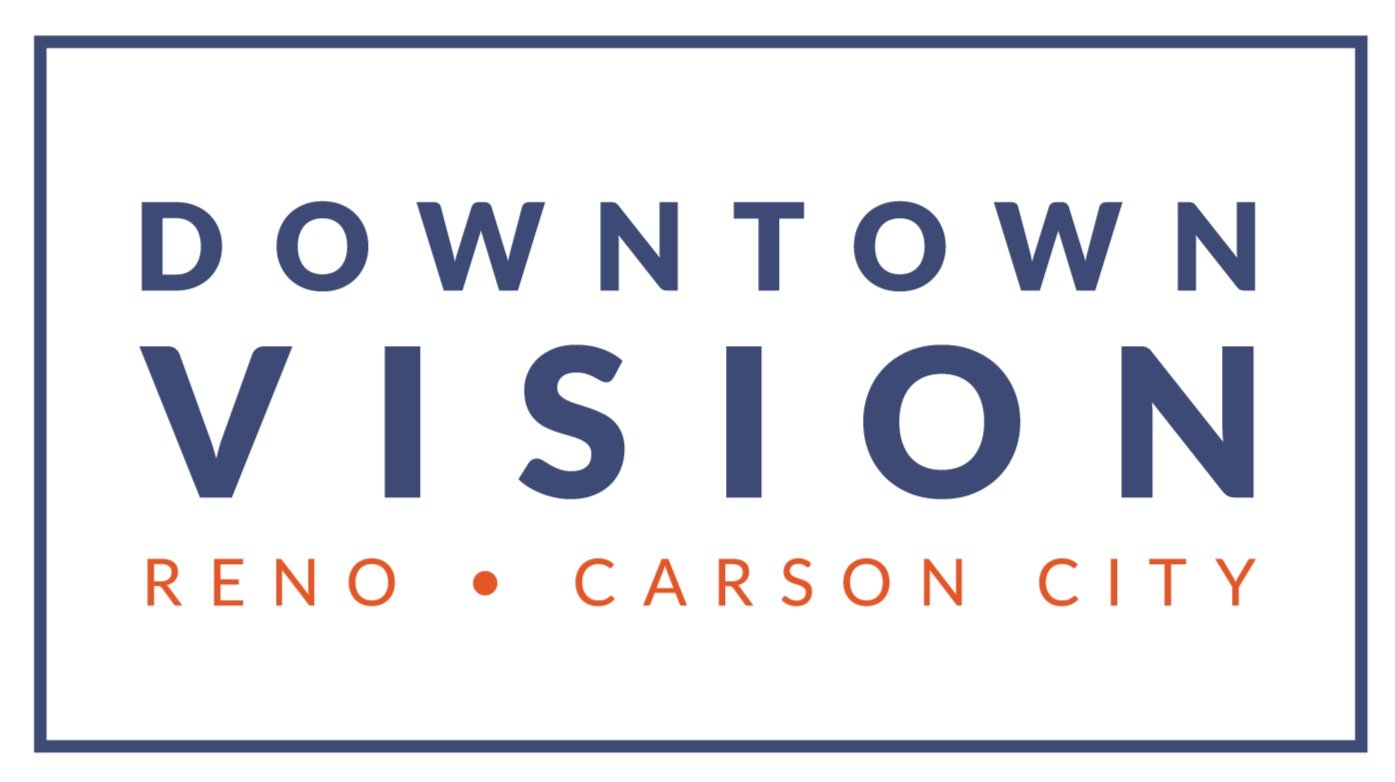Marking “Eye Exam” Off Your Back-to-School Shopping List
Friends. It is OFFICIALLY back-to-school season. For kids, teenagers, and college students alike, August marks the end of summer and the beginning of a new school year. It’s also coincidentally Children’s Eye Health Month, which brings us to today’s topic: children’s eye health.
Having happy and healthy eyes is universal, no matter what age you are. In fact, getting in the habit of regular eye examinations and eye care can be very beneficial for your eyes later on in life. But for your child, making sure they can clearly see can help them in and out of the classroom. And just like adults, the earlier you can get your child into the habit of regular eye care, the better. According to our friends over at All About Vision, children should have their first comprehensive eye exam at 6 months of age! This might seem too young, but ocular disabilities and issues can occur in infants. Infants are very sensitive to bright light as their vision begins to develop. Until they reach six months of age, infants develop their peripheral vision, eye coordination, depth perception, and patterns. Once they have reached six months of age, having your child get their eyes examined means they can have their vision on a corrective path early on.
After their initial eye exam at 6 months, children should have their next exams at age 3 and just before they enter first grade, around ages 5 or 6. These examinations can help keep track of any issue progression and steps can be taken early on to help your child see clearly.
Once they’re in school, eye exams should happen at least every two years if no previous version correction is needed. If children wear glasses or need them, annual or semi-annual examinations are recommended to, again, keep track of any progression and take the necessary precautions to help your child see.
You can also check and see if vision tests are offered through your child’s school district. While not the same as a comprehensive eye exam, vision tests are brief but can indicate the presence of an issue, although they cannot identify what said issues might be. All the same, vision tests can be used to help keep track of a child’s vision as they age. (And if you’re wondering, yes, WCSD does require vision screen in addition to other types of health assessments.)
Some eye diseases and disorders can be hereditary, in which case if you have been diagnosed with such a disorder, it’s recommended that you bring your child in for an eye examination to assess any potential for the diseases to be passed down to your children.
Making sure your child has perfect vision doesn’t stop in elementary school, either. Teenagers should still have an annual or semi-annual eye examination. Our vision changes as we get older, and making sure your child’s vision is tested on a regular basis can help them track any changes in their vision and ensure they always have the right prescription.
And for our college students out there: even though you might have moved away from home, taking care of yourself is easier than you might think. Don’t rely on online eye exams or online retailers: they aren’t always accurate and they can mislead you. Downtown Vision accepts almost all types of vision insurance, including VSP. And let’s just say we’re pretty big fans of The Pack!
Back-to-school season is usually filled with back-to-school shopping and preparing for the school year. Be it crayons and kleenex, notebooks and No. 2 pencils, or you’re getting in as much pre-semester reading as you can, don’t forget to get your eyes examined! Being able to see the whiteboard is pretty important, after all! Remember, we can usually see you the same day if you call us and make an appointment.

